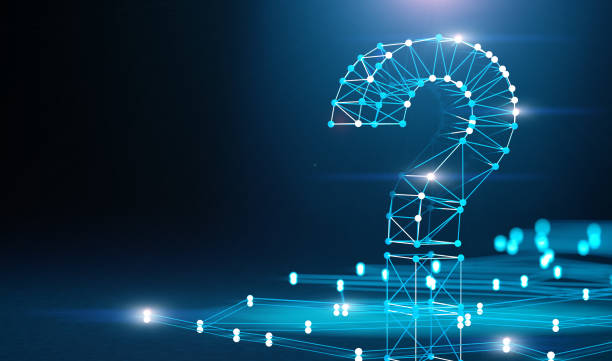By Justin Heyes – April 22nd 2024

For most people life without our smart devices would simply be unimaginable. Technology has advanced so much within our own lifetimes that while we used to be able to remember multiple phone numbers, we now have them stored and accessible at the touch of a button. Information is freely available as long as we have access to the internet, and many of us use social media platforms as a means to connect with our loved ones and showcase events and important moments in our lives.
This digital life, while certainly convenient, is causing rapid expansions in the amount of data that is being processed and stored, and with internet penetration increasing as more of the world comes online, the expansion shows no sign of slowing. This increase has brought pressing issues, such as energy conservation, eco-design, and datacenter operations to the forefront.
In response, the digital landscape is shifting, and has seen several emerging technologies that are reshaping how data is processed and stored, which could potentially shape the industry’s future, the most prevalent in the APAC region being:
Sustainable Datacenters
While the datacenter industry is unique in being one of the only industries where facilities are described by their power consumption, with energy-intensive buildings, consuming anywhere from 1% to 3% of global electricity (Data Centre Magazine, 2023), there has been a concerted effort in recent years to greatly reduce this. Power Usage Effectiveness (PUE) measures are being put into effect and many datacenters are turning to renewable energy sources such as solar, hydro, wind, and geothermal sources to provide green energy to supplement the demand.
New technologies such as immersion cooling have also become available, the process involving a precise delivery of dielectric fluid to the hottest components of a server, removing nearly 100% of the heat generated and reducing energy use by up to 40% and water consumption by up to 96% (Icetope, 2024). While not widely adopted yet as common practice, the technology itself is a highly appealing prospect in the tropical climates found across Southeast Asia, and a notable way to reduce 40% of the total energy consumption which is currently dedicated to heat dissipation (Dataspan, 2023). Rear door heat exchangers are being retrofitted into existing datacenter racks to remove heat through liquid cooling.
Redirecting Workloads
The advent of 5G and the explosion of IoT (Internet of Things) devices are driving the need for further solutions enabling data processing at the edge of the network, reducing latency, and improving real-time decision-making. Fortunately, Edge Datacenters have come into prominence, to handle the sheer volume of data generated by these technologies.
While some have hailed these smaller “pop up” servers a revolution that could shake the core of the industry, they seem best placed as a new innovation that complements the existing structure. Fast processing for simple tasks, with more complex tasks being relayed to larger datacenters with more processing capabilities. In an anatomical sense, edge datacenters play the role of a nervous system, handling quick responsive interactions, while the hyperscale datacenters act as the brain, taking responsibility for larger data processing.
AI Processing & Data Center Automation
Almost every industry is now looking for new AI functionality that can streamline processes and significantly increase efficiency. Datacenters, however, are uniquely positioned to both provide and benefit from AI applications. For example, while many of the apps and programs that we use today utilise AI’s ability to recognise patterns and assist us in our work, the immense processing power can also be used to automate processes within datacenters as well.
By using AI to cool hardware more efficiently, providers can cut costs and improve energy efficiency. For example, Google’s AI implementation reduced their cooling costs by 40%. Utiising AI for automation of processes in the datacenter can also help to reduce IT infrastructure inefficiencies. Predictive analytics processed in real time can also help providers fine-tune power allocation and rack space. The results are lowered operational costs, improved power usage effectiveness (PUE), and more informed, data-driven decisions.
While AI has already significantly impacted our world, it’s important to remember that the pace of innovation is not slowing. If anything, it’s speeding up. Future datacenters must evolve along with tech to provide an efficient and effective service. For example, we may see advanced AI, quantum computing, and other emerging technologies shape the next generation of datacenters. These cutting-edge technologies promise to deliver greater efficiency and advanced features.
Innovation can be seen as a double-edged sword in a sense, while we strive towards greater technological advances that drive businesses and make our lives easier, these advances also inspire reactionary revolutions to address the potential issues that come from the progress gained. Over the past twenty years we have seen some datacenters become somewhat obsolete, due to the advances in datacenter technology, but the industry has adapted to this. Hyperscale projects show a flexibility in industry planning enabling businesses to scale up or down along with their demands and enable operators, who can source datacenter parks with ample power, water and connectivity to see a longevity in their investments which would not have been thought possible before.